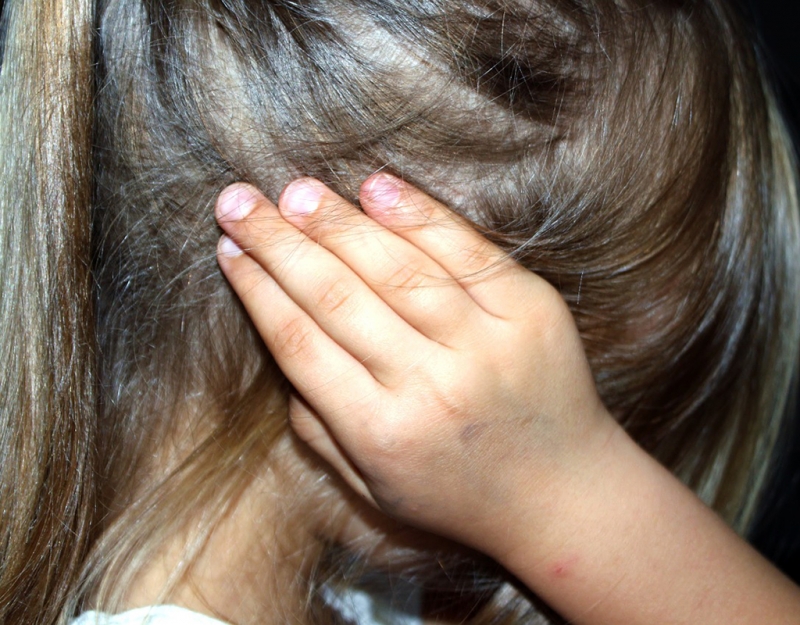Bullying is happening everywhere and the chances that your child, or you, will encounter it are high. Around the world, statistics are being collated on the impact and prevalence of bullying, particularly within schools and online in cyber space.
With all schools talking about bullying and the media regularly reporting on latest research, it could seem like we’re in a bullying epidemic. But, it’s not all bad – the incidence of bullying, particularly the traditional face-to-face style, according to expert Dr Toni Noble, is not increasing.
“It’s a controversial area but with the effective communication of the message that bullying is unacceptable, it’s just now more likely to be reported,” says Dr Noble, a member of the National Centre Against Bullying.
He says that cyber-bullying, on the other hand, may be increasing. The numbers vary on this one, depending on the country, but over between 15-35%.
Dr Vanessa Green, Head of Victoria’s School of Educational Psychology and Pedagogy, along with a team of postgraduate students, surveyed 860 teachers and senior staff from primary, intermediate and secondary schools around New Zealand about their experiences with, perceptions of, and attitudes towards bullying.
Here is why bullying, and policies and strategies to combat it, are such a high priority for communities and governments:
- 94% of NZ teachers said bullying occurs at their school
- Around 45% of NZ teachers and staff said verbal & social/relational bullying was brought to their attention once a week, while 25% heard of physical bullying once a week
- 46% believe cyber bullying occurs mainly between the ages of 11-14
And around the world:
- An estimated 200 million children and youth around the world are being bullied by their peers, according to the Kandersteg Declaration Against Bullying in Children and Youth.
- Kids who are bullied are three times more likely to show depressive symptoms, says the Centre for Adolescent Health.
- Children who were bullied were up to nine times more likely to have suicidal thoughts, say some studies.
- Girls who were victims of bullying in their early primary school years were more likely to remain victims as they got older, according to British research.
- Children who were frequently bullied by their peers were more likely to develop psychotic symptoms in their early adolescence, says more UK research.
- Girls were much more likely than boys to be victims of both cyber and traditional bullying, says a recent Murdoch Children’s Research Institute study.
- Children as young as three can become victims of bullying, says Canadian research.
- Young people who bully have a one in four chance of having a criminal record by the age of 30.
- Bullying is the fourth most common reason young people seek help from children’s help services.
This article was written by Fiona Baker, former editor in chief of Mother & Baby, Pregnancy & Birth and Wondertime magazines, for Kidspot, New Zealand’s leading parenting and pregnancy resource. Sources include Bullying No Way, National Centre Against Bullying, Raising Children Network, and Bullying Hurts.







Leave A Comment
You must be logged in to post a comment.